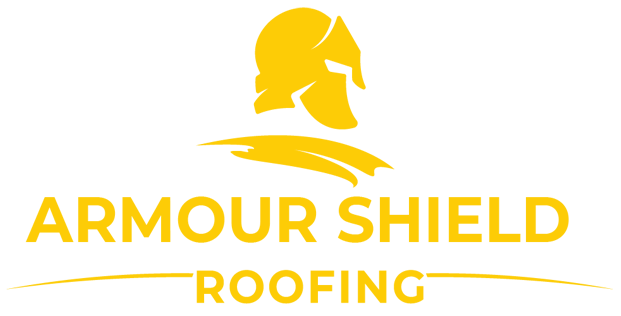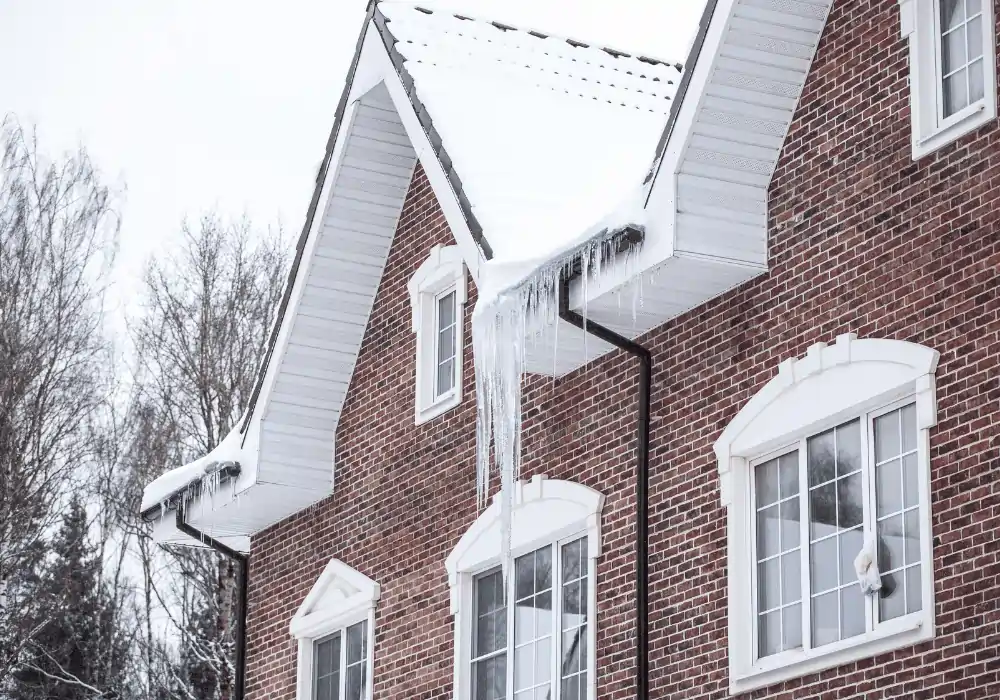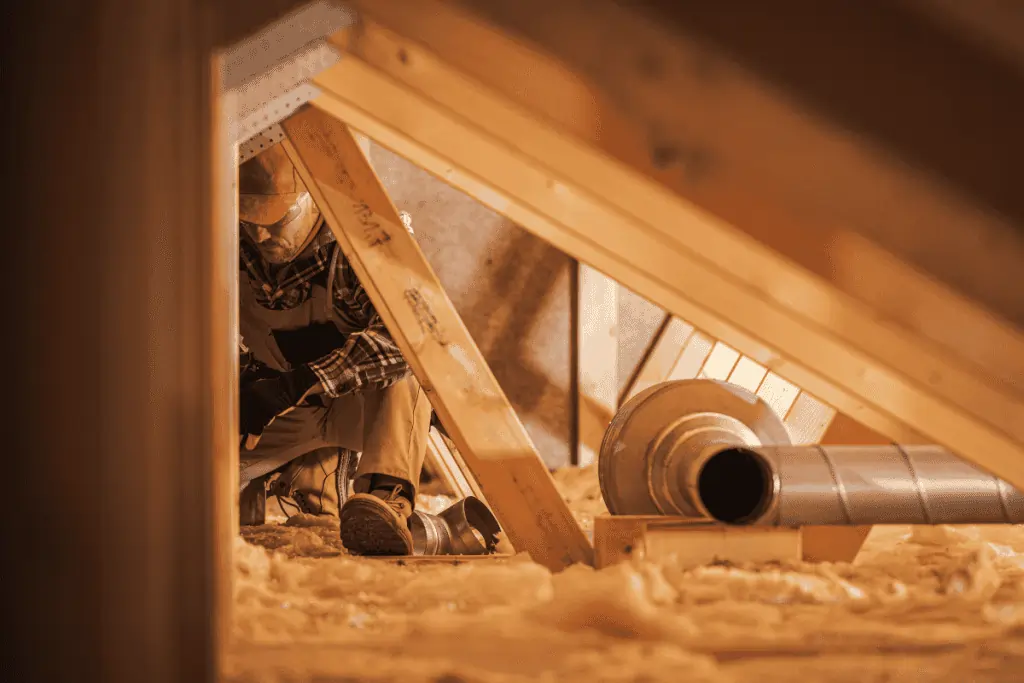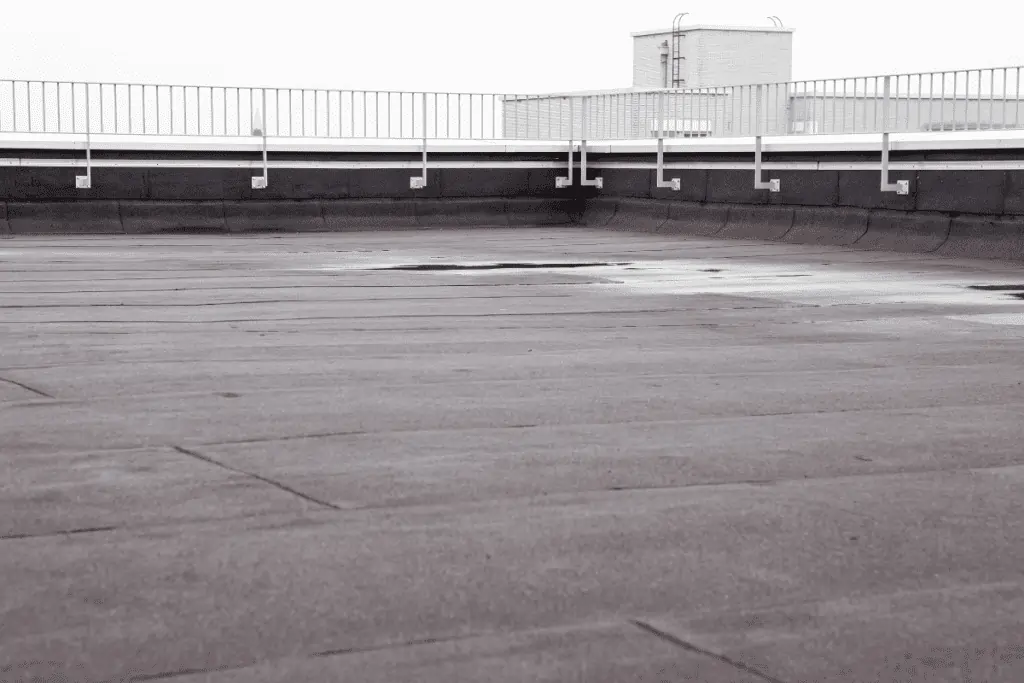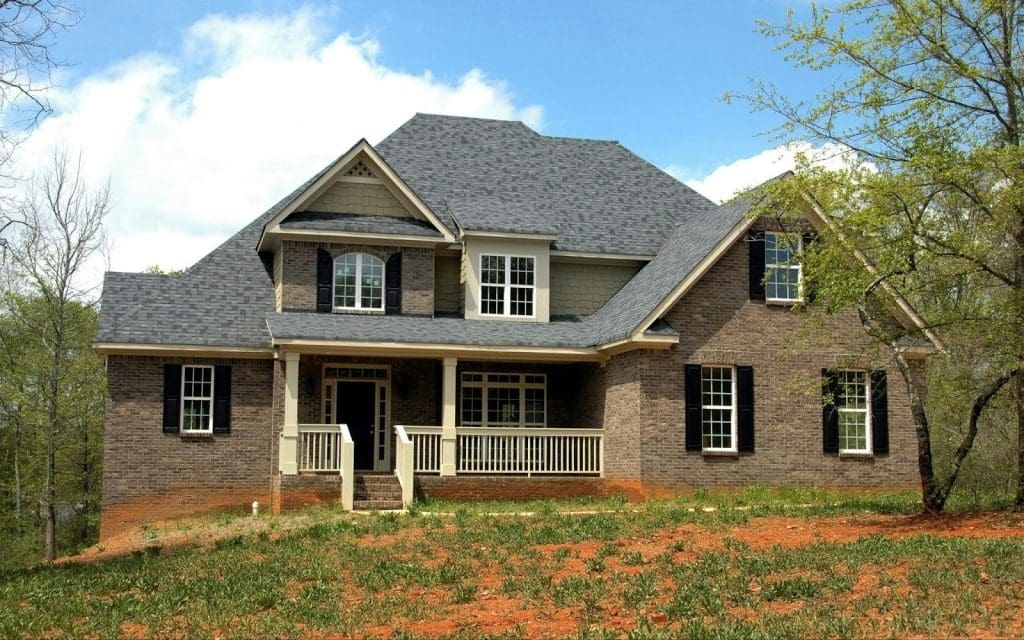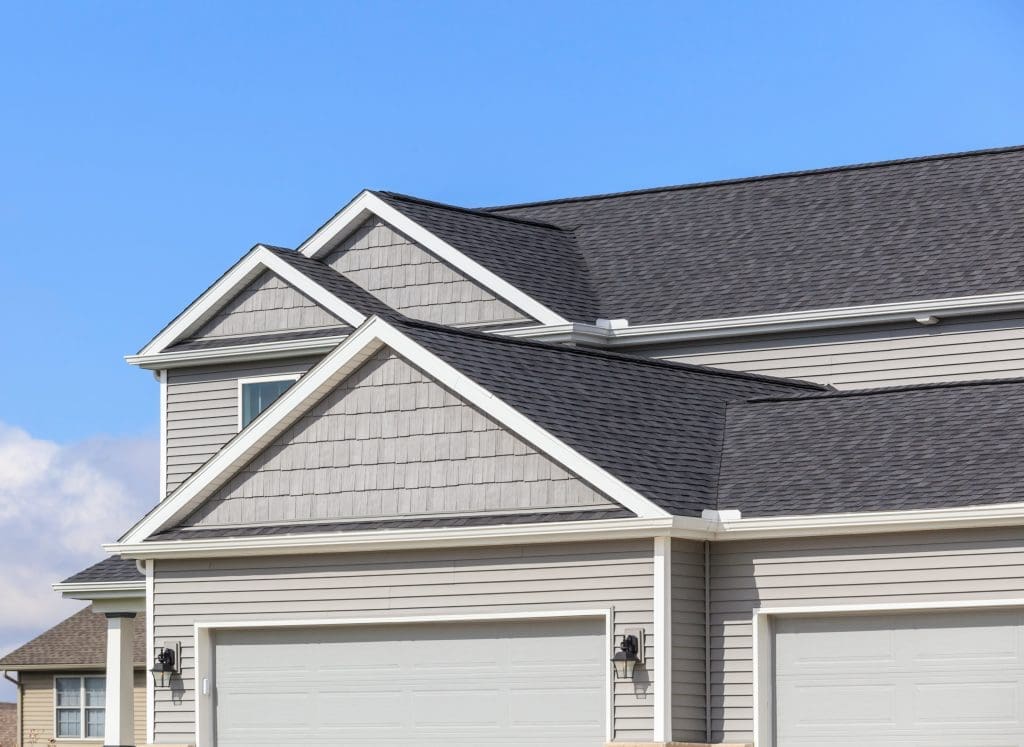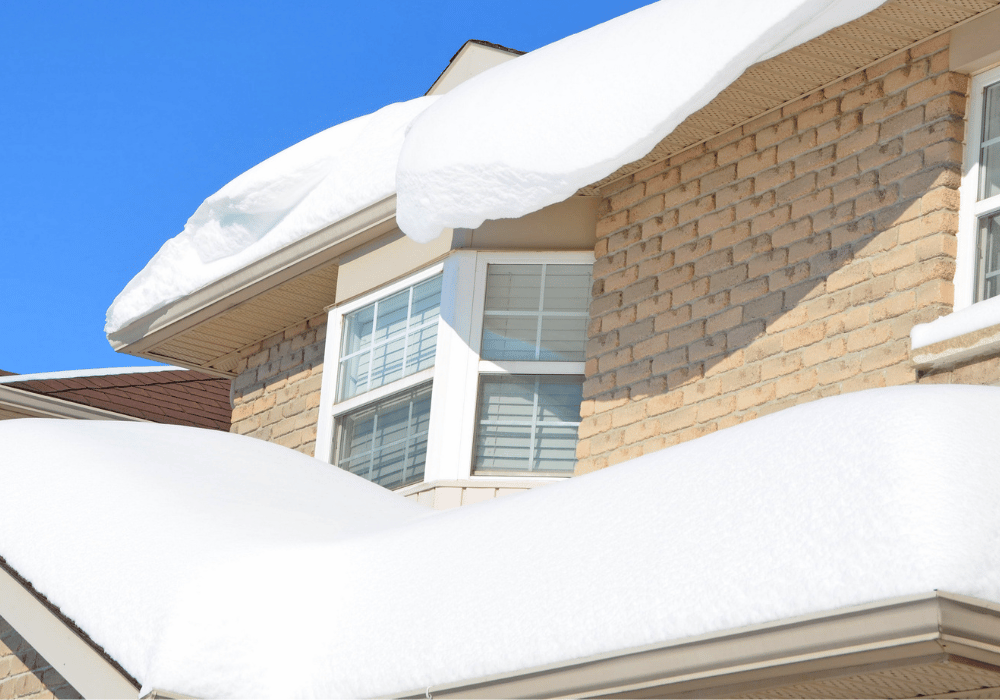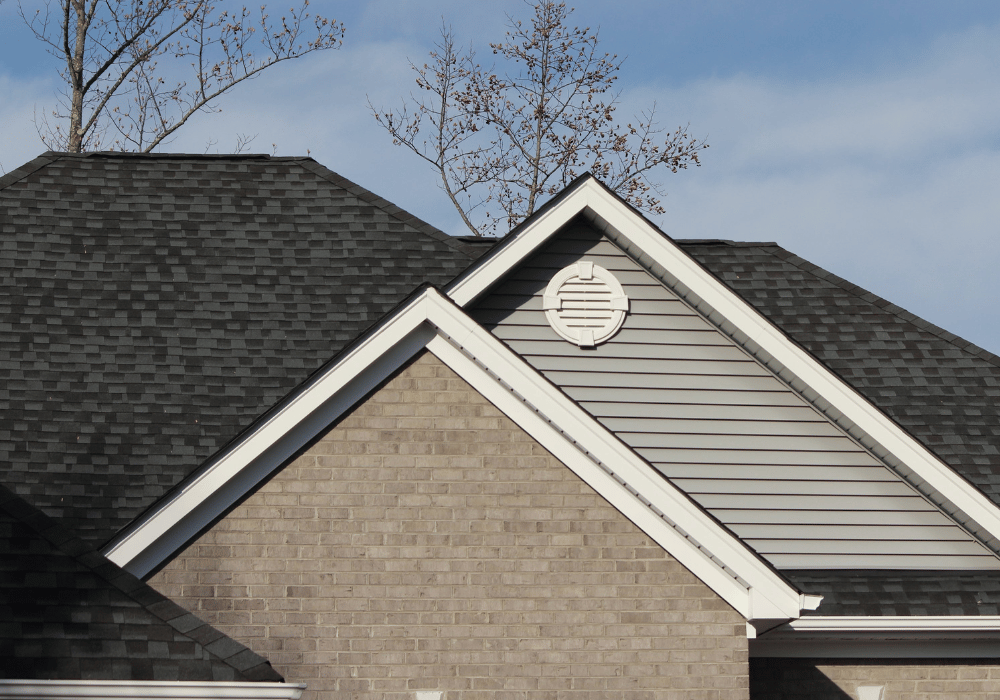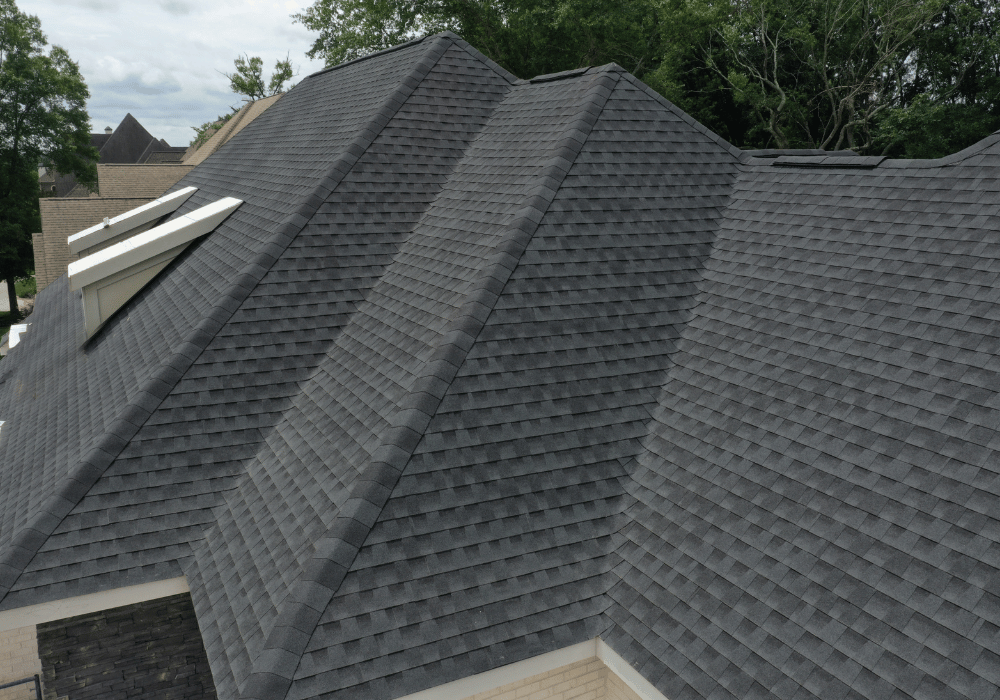How Temperature Fluctuations Impact Roof Repairs and Replacements
Maintaining a home’s structural integrity hinges significantly on the condition of the roof. As a barrier against harsh weather, a provider of insulation, and a contributor to aesthetics, the roof plays multiple roles. Yet, an often-overlooked factor in roof maintenance is temperature fluctuations. These changes can severely affect roofing materials, influencing repair needs and replacement […]
How Temperature Fluctuations Impact Roof Repairs and Replacements Read More »
